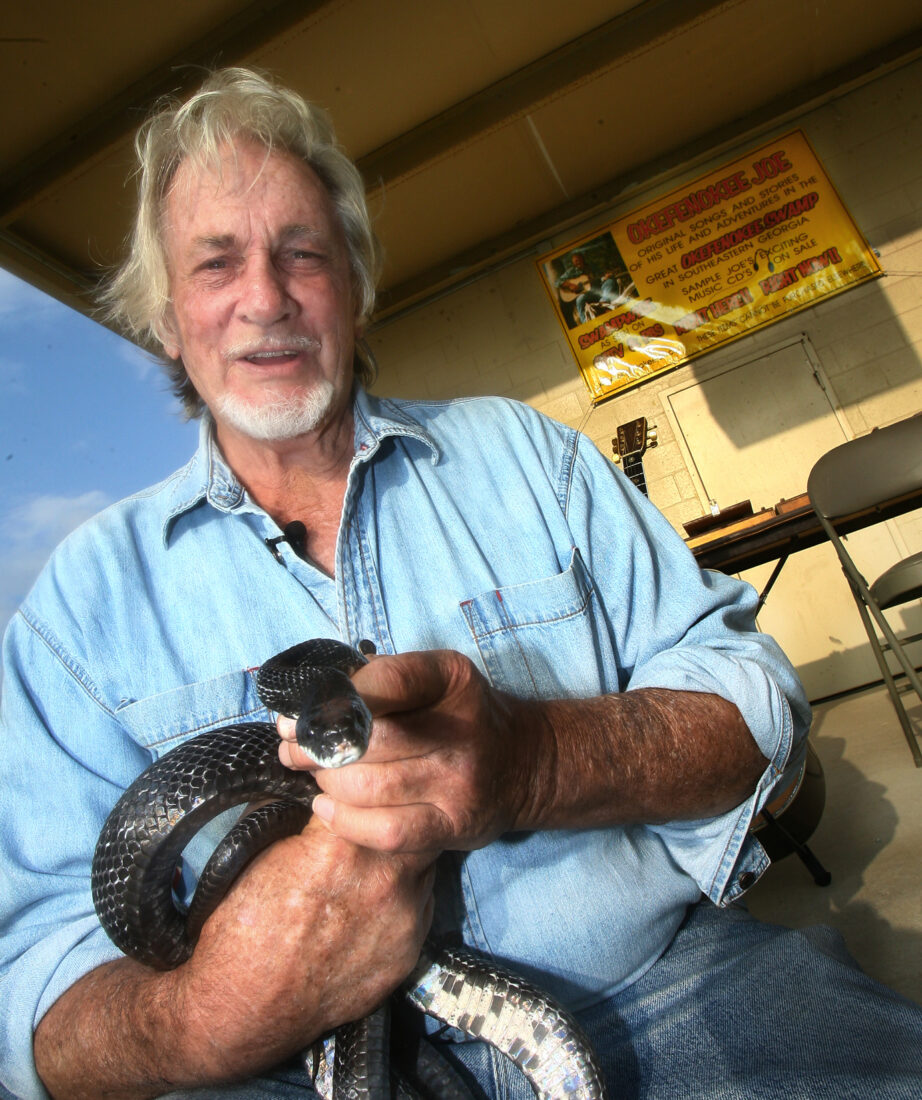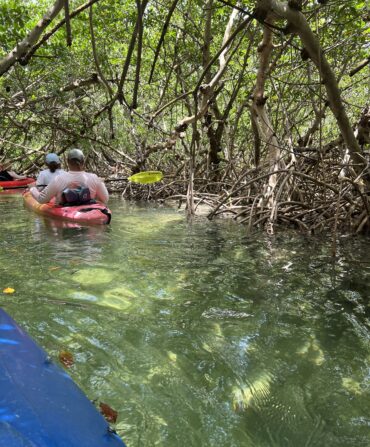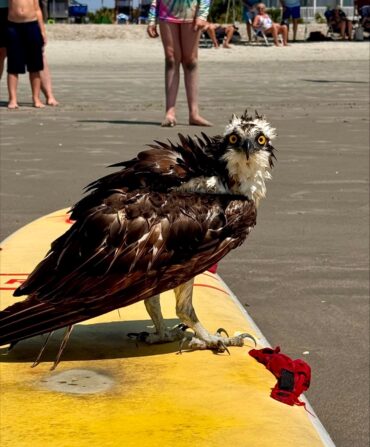If you don’t slow down and stop at the end of the rural road behind Grace Acres, my family’s hunting land in Southeast Georgia, you’ll cross a highway and sail off a steep embankment into the Nine Run Swamp, so there’s a yellow-and-black striped road sign to warn you. On that sign is where you hung the diamondback rattlesnakes you killed.
Did other small Southern towns do this? I don’t know. I just know that for all my childhood I could count on seeing one, two, sometimes three diamondbacks draped over that sign in stages of decay. It’s just what people did. They killed diamondbacks when they saw them, and they slung them over that sign for neighbors to see.
North of us in Claxton, Georgia, wranglers spread out into the sandhills annually, funneling gasoline down garden hoses into gopher tortoise burrows. The gas fumes flushed out diamondbacks for the Rattlesnake Roundup, after which the star attractions became belts and boots.
My childhood years were grim ones for snakes.
I might have turned out as that kind of person, the kind who kills snakes as a cultural tradition, except I attended a small elementary school in Waycross. The school sat eleven miles from the privately owned Okefenokee Swamp Park on the northern boundary of the famous National Wildlife Refuge. I recall many school field trips to the Park, an attraction that afforded a glimpse of the Okefenokee’s wildlife and history from the safety of a guided boat or boardwalk, without sensationalizing or exploiting nature like a Florida alligator farm, but with just enough Stuckey’s gift shop thrown in. I remember the tall, soft-spoken but powerful man who showed us snakes. Big snakes. Harmless snakes. Deadly snakes. He spoke of them with admiration, and he instilled in me a sense of respect and caution but also fascination.
I didn’t know I was witnessing the origin story of a modern-day superhero.
People can show you a dangerous snake slithering on the end of a stick and you come away with a clear memory of the snake while forgetting the person. I remember Dick Flood as distinctly as his snakes. His passion and talent for sharing the joy of snakes with children couldn’t be contained by the small park, so in the late 1970s he started taking his snake show out to schools all over Georgia and other states. My wife, Anne, grew up an hour north of me in Statesboro, up beyond Claxton, and she remembers sitting on an auditorium floor with her elementary school classmates to watch him unlock the lids of wooden boxes one at a time, reach in with a hook on a stick, and slowly hoist the unseen occupants into view. Some of them buzzed.
In his traveling school-assembly days, he assumed the name Okefenokee Joe. Joe’s fame and influence grew far larger than the little park in Waycross, far beyond Dick Flood’s moderately successful Nashville singing and songwriting career of the 1950s and sixties. He tuned his guitar from country to conservation. That sound left the Park, hit the road, and eventually went electronic: Millions have watched his Emmy-winning public-television documentaries Swampwise and The Joy of Snakes, which still see airtime and are still watched on YouTube.
Sometime in the early 2000s, I turned up an aisle at the Georgia Wildlife Federation’s “Buckarama” expo, and there in a booth sat a white-haired Okefenokee Joe. I approached in awe, introduced myself, and told him that as a schoolkid I’d seen him many times at the Swamp Park. He spoke to me as if he remembered me personally, out of the thousands of wide-eyed schoolkids he’d influenced, which of course he did not. That was him. As genuine and unpretentious an ambassador of Nature as you see in his shows and hear in his songs. When I learned he passed away on January 9 at the age of ninety, I was glad I’d met him that last time when he was still out there, sharing the joy.
At Grace Acres, I haven’t seen a rattlesnake on a road sign in decades, but neither have I seen a rattlesnake. My dad is restoring longleaf pine to its former grounds, and my family has started to notice the return of native wildflowers, fox squirrels, swallow-tailed kites, and even recently a young, lone gopher tortoise. My generation—kids who sat cross-legged on gym floors and listened in awe to Okefenokee Joe—helped turn the Claxton Rattlesnake Roundup into the Claxton Rattlesnake & Wildlife Festival in 2012. I hope to see a wild diamondback again soon.
I don’t kill snakes. Not harmless snakes and not venomous snakes. Anne, a trained educator, worked for a while at the Chattahoochee Nature Center in Atlanta, where she held snakes in her arms and taught school groups about them, like Joe did. She doesn’t kill them either. Our children do not kill snakes. We stand in wonder of them.
That is the legacy of Okefenokee Joe.
Lindsay Thomas Jr. is a journalist, hunter, and angler from Georgia and the chief communications officer for the nonprofit National Deer Association.








